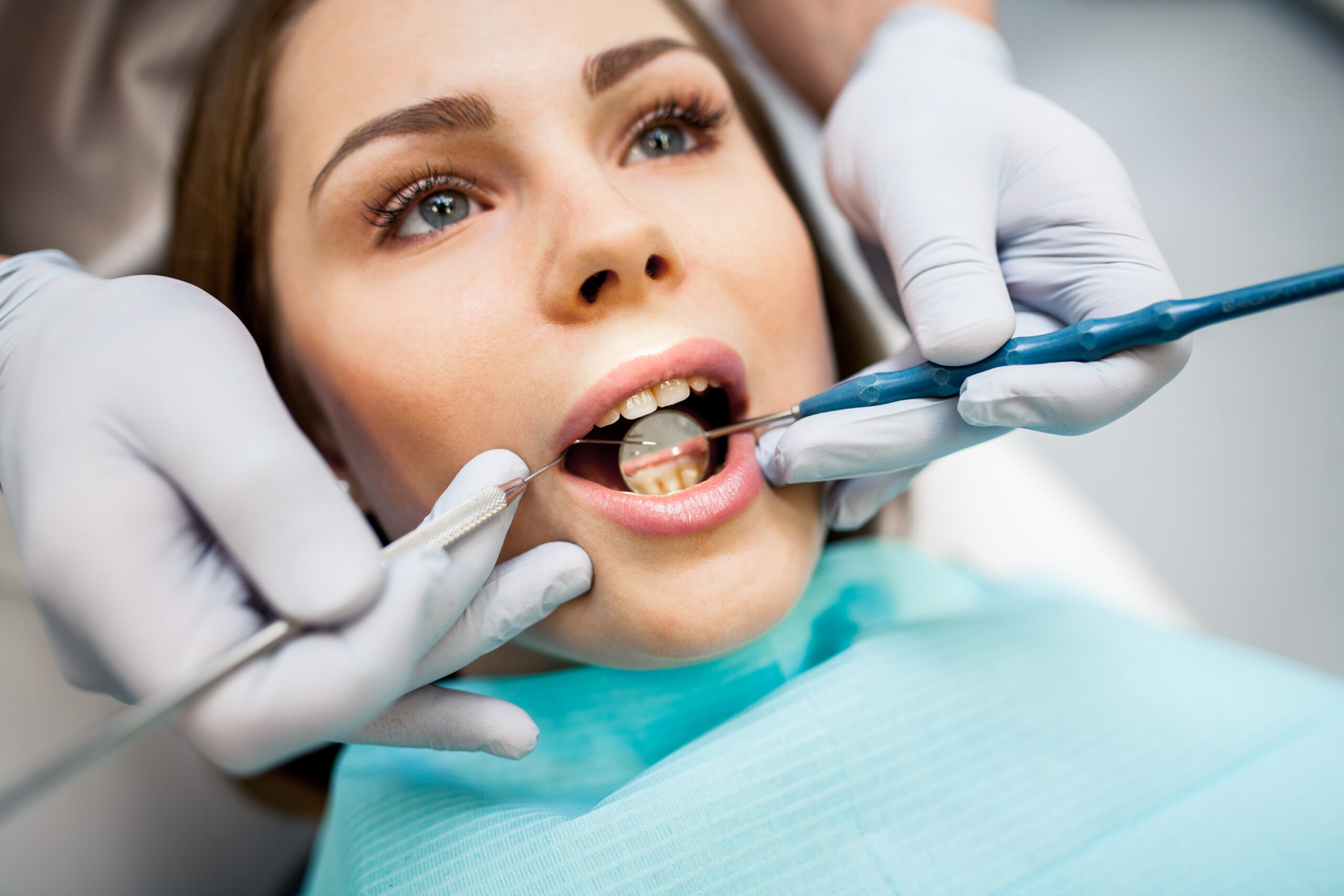Undergoing a tooth extraction can be a daunting experience, but proper care and attention to your diet during the recovery phase can make a significant difference in your healing process. One of the most crucial aspects of recovery is eating the right foods. After a tooth extraction, your mouth may be tender and sensitive, making it essential to choose soft foods that won’t irritate your gums or extraction site. In this article, we’ll explore the best soft foods to include in your diet after a tooth extraction, as well as some tips for easing the transition back to solid foods.
Why Soft Foods Matter
After a tooth extraction, your body needs time to heal. Eating soft foods serves several purposes:
- Minimize Discomfort: Soft foods are easier to chew and swallow, reducing the risk of pain or irritation at the extraction site.
- Aid in Healing: Nutrient-rich soft foods can provide essential vitamins and minerals that support healing.
- Prevent Complications: Avoiding hard, crunchy, or sticky foods helps prevent complications like dislodging the blood clot that forms in the socket, which is crucial for proper healing.
Best Soft Foods for Recovery
1. Yogurt
Yogurt is a versatile and nutritious option that is gentle on the mouth. It is rich in protein and contains probiotics, which can help promote a healthy gut. Choose plain or flavored yogurt without added sugars to ensure a smooth texture that won’t irritate your gums.
2. Mashed Potatoes
Mashed potatoes are a classic comfort food that is easy to prepare and delicious. They can be made creamy with milk and butter, providing a satisfying meal. You can also add other soft ingredients like cheese or sour cream for extra flavor and nutrition.
3. Applesauce
Applesauce is a great choice because it is both soft and nutritious. It provides vitamins and fiber while being easy to swallow. Opt for unsweetened varieties to avoid added sugars and maintain a healthier diet.
4. Smoothies
Smoothies are an excellent way to pack in nutrients without putting pressure on your healing gums. Blend your favorite fruits with yogurt or milk for a delicious, nutrient-dense drink. You can also add leafy greens, nut butters, or protein powders for an extra nutritional boost.
5. Soups
Soups are comforting and easy to eat after a tooth extraction. Choose broth-based soups or pureed vegetable soups that are easy to swallow. Avoid chunky soups with large pieces of meat or vegetables until you are further along in your recovery.
6. Oatmeal
Oatmeal is another nutritious option that can be easily customized. Cook it until it’s soft and creamy, and add toppings like honey, bananas, or nut butter for added flavor and nutrients. Just make sure it’s not too hot before eating.
7. Soft-Cooked Eggs
Eggs are an excellent source of protein and can be cooked in various ways. Soft-cooked eggs, scrambled eggs, or even an egg custard can be easy to eat while providing essential nutrients for recovery.
8. Cottage Cheese
Cottage cheese is soft and rich in protein, making it a perfect food for recovery. You can eat it plain, add fruit, or mix it with smoothies. Its smooth texture makes it easy to consume without discomfort.
9. Pudding and Jell-O
Pudding and gelatin desserts like Jell-O can provide a sweet treat while being easy on your mouth. They are gentle and can help satisfy any cravings for something sweet without causing discomfort.
10. Soft Fruits
Certain soft fruits can be included in your diet, such as bananas, ripe peaches, or avocados. These fruits are easy to mash and provide essential vitamins and minerals. Avoid citrus fruits during the initial healing period, as their acidity can irritate the extraction site.
11. Soft Bread
If you’re craving bread, opt for soft, crustless varieties. White bread or sandwich bread can be consumed if you ensure it is moist and soft. Avoid hard crusts or chewy breads until your mouth has healed.
12. Rice or Pasta
Soft-cooked rice or pasta can be easy to eat, especially when paired with a gentle sauce. Ensure that these foods are cooked well and avoid any hard or crunchy varieties.
Tips for Eating After Tooth Extraction
- Stay Hydrated: Drink plenty of water throughout the day to stay hydrated. Avoid using straws, as the suction can dislodge the blood clot and lead to complications.
- Chew on the Opposite Side: If possible, chew on the side of your mouth opposite the extraction site to minimize discomfort.
- Avoid Hot Foods: Be cautious with the temperature of your food and drinks. Extremely hot foods can cause irritation, so allow your meals to cool before eating.
- Take Your Time: Eat slowly and take small bites to avoid overwhelming your mouth and to give your body time to process the food.
- Follow Your Dentist’s Instructions: Always follow your dentist’s specific recommendations regarding diet after a tooth extraction, including when to reintroduce solid foods.
Conclusion
Recovering from a tooth extraction doesn’t have to be an uncomfortable experience, especially when you focus on incorporating the right soft foods into your diet. Foods like yogurt, mashed potatoes, smoothies, and soups not only promote healing but also provide the essential nutrients your body needs during recovery. By choosing soft, nourishing options and following your dentist’s guidelines, you can ensure a smooth transition back to your regular diet. Always listen to your body, and if you experience any unusual pain or complications, consult your dentist for advice. Enjoy your recovery, and soon you’ll be able to savor all your favorite foods again!



